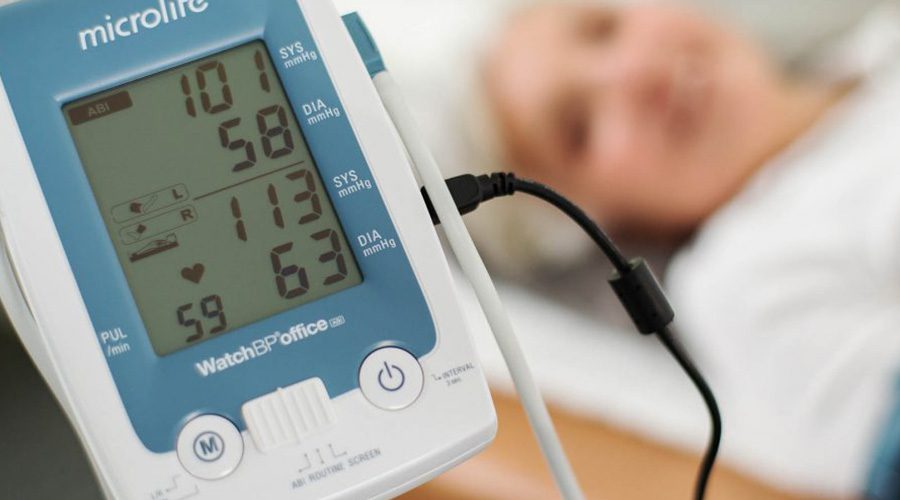Between-Arm Difference in Systolic BP Linked to All cause, CV Mortality
By Anne Harding
December 24, 2020
NEW YORK (Reuters Health) – Interarm difference in systolic blood pressure (BP) predicts all-cause and cardiovascular mortality, according to a new meta-analysis of individual participant data.
“We should be checking blood pressure in both arms when we’re assessing someone for their cardiovascular health status,” Dr. Chris Clark of the University of Exeter College of Medicine and Health, in the U.K., noted in a Zoom interview with Reuters Health.
“The difference between arms can be taken into account for assessing their cardiovascular risk.”
While guidelines recommend that clinicians measure blood pressure in both of a patient’s arms and use the higher number, these guidelines are rarely followed, Dr. Clark said.
He and his colleagues hypothesized that differences in systolic readings between a person’s arms could be “an early marker of changes in the arteries associated with stiffening,” which in turn is a marker for cardiovascular risk.
“Although we recognize blood-pressure regression to the mean and accommodation over time, that is not the full explanation for sequential interarm differences, if you like, which we think is the marker of risk,” Dr. Clark said.
He and his colleagues merged data from 24 studies including nearly 54,000 participants to create the Inter-arm Blood Pressure Difference – Individual Participant Data (INTERPRESS-IPD) Collaboration.
All-cause and CV mortality increased significantly in tandem with systolic interarm differences, with continuous hazard ratios of 1.05 and 1.06, respectively, for each 5 mmHg. All-cause mortality also rose significantly starting at a threshold of 5 mmHg (hazard ratio, 1.07), the researchers report in Hypertension.
The interarm BP difference was associated with cardiovascular events in people with no cardiovascular disease after risk adjustment based on Atherosclerotic Cardiovascular Disease score (HR, 1.04), Framingham score (HR, 1.04) and QRISK cardiovascular disease risk algorithm version 2 (HR, 1.12) score.
“Our data suggest that we should be paying attention to differences of greater than 10 millimeters of mercury, which is a stretch further than the guidelines in Europe and the UK” of 15 mm Hg, Dr. Clark said.
“This is a way of look a little bit more at people’s cardiovascular risk which can be done in any clinical setting, anybody with a blood pressure monitor can do this and they’ll gain some insight from it,” he added.
For example, interarm difference in systolic blood pressure could help determine whether someone with borderline cholesterol levels should undergo lipid-lowering therapy by identifying people who are more likely to develop problems.
“We recommend doing this,” Dr. Clark concluded.
SOURCE: https://bit.ly/37EXtW1 Hypertension, online December 21, 2020. Reuters Health Information © 2020
Cite this: Between-Arm Difference in Systolic BP Linked to All-cause, CV Mortality – Medscape – Dec 23, 2020.

